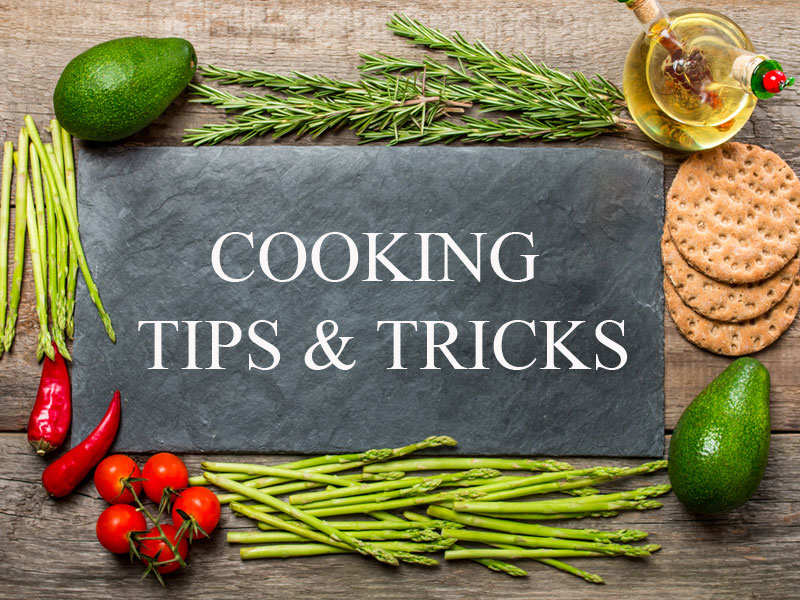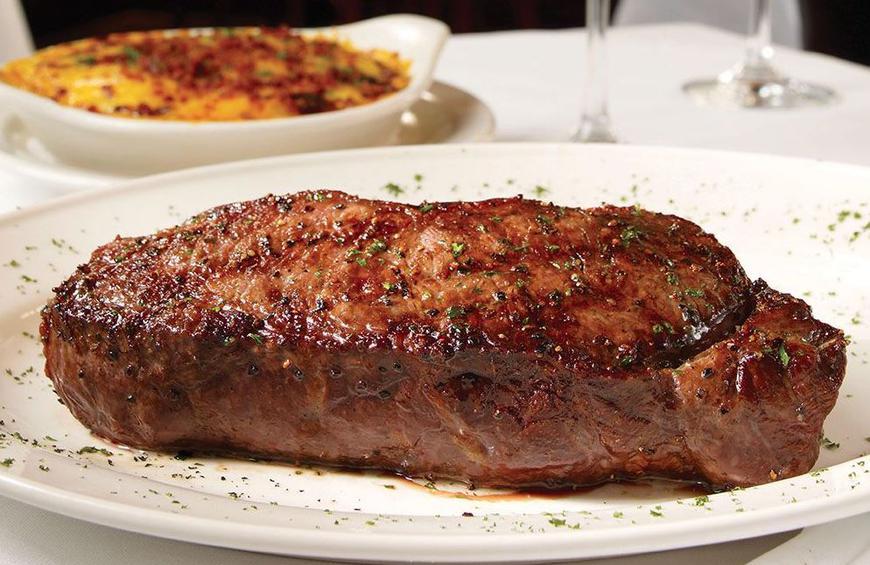
Cooking can be a fulfilling hobby or a great way of making extra money. There are many methods to cook, and following a recipe can help you learn. There are many ways to cook, and not all recipes are equal. To get the best results, you will need to use both your senses and the recipes. Listed below are some advanced cooking secrets. Continue reading to find out more. - Use your senses and intuition to help you find the best flavor and texture in a dish
Taste and technique are equally important
Amy Pomeroy, co-author and chef at Portland's Beast, is a skilled culinary artist who studied with Alice Waters and Gray Kunz. This book gives a solid foundation to French cooking. It is organized by type of recipe, including appetizers as well as soups, main dishes, and desserts. Although it may appear intimidating at first this book is full of surprising possibilities. There are also many pairings and combinations you may not have thought about. While the book's recipes are more specific, they are nonetheless very useful.
Science of salt
Salt has been a mainstay in modern culinary cultures for many centuries. Saltiness is an ingredient that enhances flavours and adds aromas to dishes. It is also one of the few foods known to change the course of cuisine. Ferran Adria was a former chef at Noma and declared salt to be the only ingredient that "changes taste in cooking."
Indian cooking classes will teach you advanced techniques
People who are interested can take a variety of Indian cooking classes. It is important to find classes that suit your culinary preferences and budget, if you wish to learn how to cook Indian food for special occasions. Look for a school that offers classes lasting at least a month. You may also be able to take a class from a celebrity chef. Be sure to check current travel requirements before making a decision.

If you are interested in traveling and learning about different cuisines, you may want to consider a course led by Rajeev Goyal. This expert in Indian food has been leading food-related activities since 2010. His extensive travels give him an in-depth understanding of the culture of different regions and their cuisines. You can use this knowledge to help you cook Indian dishes for family and friends. This may be the best way to learn about a new region's cuisine while enjoying an exotic vacation.
FAQ
What is the best way to learn to cook?
Cooking is one of those things that everyone should know how to do. If you don't know how to cook, you miss out on some great food experiences. You must start by finding a recipe you enjoy and following it closely when you learn to cook. You'll then want to practice small adjustments until you feel confident making the dish. Try cooking for others. This will help you improve at cooking and also allow you to test your skills.
How can I motivate myself to cook?
It's fun to cook for your friends and family. However, cooking for yourself is much easier than cooking for others. You can be inspired to cook if you try something new. You will be able to learn new techniques and ingredients. Additionally, you can learn about new ingredients and techniques by incorporating recipes from different cultures into your cooking.
What are the qualifications to be a chef?
A bachelor's degree in culinary art is necessary to become a professional chef. A series of tests must be passed by the ACF. After you have completed all requirements, you will receive a certificate confirming your qualifications.
Statistics
- In the United States, the category is estimated at $23.2 billion annually and is growing faster than the market. (washingtonpost.com)
- under 10 Kids have been taught that there is special food just for them, and Fiese says that 10 percent of kids will throw a tantrum if they don't get the food they want. (washingtonpost.com)
- You'll be amazed that over 90% of CIA students receive scholarships and grants to finish their culinary studies. (ischoolconnect.com)
External Links
How To
How to make a perfect omelet
Omelets have always been a favourite food to eat for breakfast. How do you make them perfect? There are many recipes and methods I tried, but none worked. Today, I'd like to share some tips with you in order to make delicious and fluffy omelets every day.
First, eggs can be very temperamental ingredients for making omelets. You must get them fresh, organically, and keep them cold until you cook. You must keep them cool enough to allow the whites to form properly and the yolks to become too runny if they're not kept at the right temperature. This will make your omelets appear strangely colored. If you're going to cook them immediately, it is best if the eggs are still warm.
Another tip is to separate your egg before adding it into the pan. You don't want the white to get mixed with the yolk, as this could cause the egg to curdle.
The bottom part of an egg that is added directly to the stovetop might be burned, which could cause a ruined texture in your omelet. Instead, heat the egg for 10 seconds in the microwave before placing it in the pan. The microwave heat cooks the eggs just right without overcooking them.
Let's now talk about mixing eggs. You want to mix the eggs thoroughly before you add them. You can do this by turning the bowl of your mixer upside down. Then shake the bowl vigorously. This way, the air inside the bowl gets whipped around and mixes the egg thoroughly.
Now it's time to have fun: pour the milk into the mixture. Mix half of the milk with the eggs. Then fold the eggs in half into the remaining milk. Do not be alarmed if there are still egg streaks visible. Once the omelet flips, these streaks will disappear.
After folding the eggs, place the pan on medium heat and wait for the oil to start sizzling. When the oil is hot enough, add 1/4 cup butter to the pan. Stir it around until the butter covers the entire pan. Now carefully crack open the lid of the pan and sprinkle salt into the pan. An additional pinch of salt will prevent the omelet form sticking to your pan.
Cover the pan once you have formed the omelet. Wait for the top to set. Flip the omelet upside down or with a spatula. Cook the other side for another minute or two. Take out the omelet and place it in a bowl.
This recipe is best when used with whole milk. But, you can use skimmed milk as well.